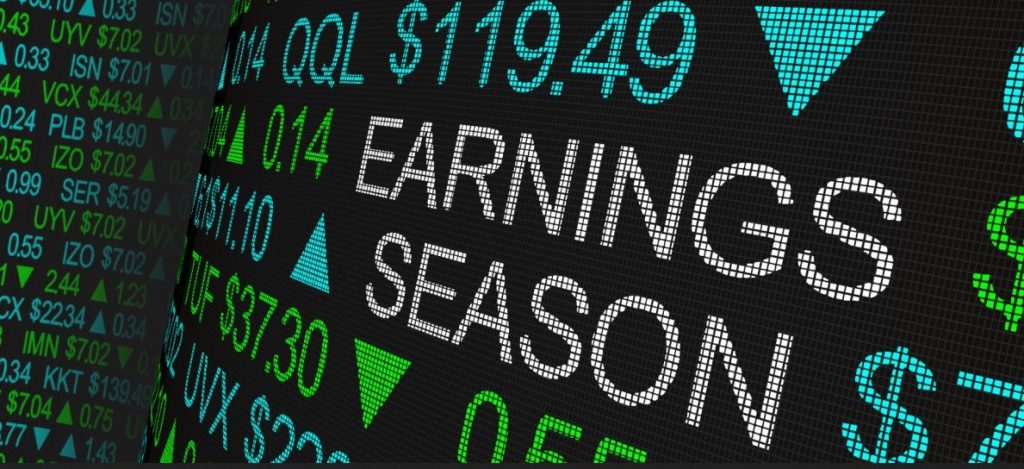
Several weeks ago the US earnings season had started and in the meantime, most of the important companies had published their figures for the second quarter of 2020. As it was expected, tech, healthcare, and consumer discretionary (especially companies that had a great online presence) had performed above expectations, as the coronavirus pandemic kept people locked inside their houses.
FAANG + Microsoft continue to dominate
Despite warnings that the market is now highly dependant on several big names (Apple, Amazon, Microsoft, Facebook, Netflix, and Google), the FAANG does not show any sign of weakening and above-expectations earnings had already added more steam to the rally. Last week we’ve talked about Apple and its stock split, highlighting the good news surrounding the Q2 earnings. The other FAANG stocks kept at the same pace, benefiting from technology reliance at a time when social distancing measures are mandatory around the world.
What could happen in case the dominant stocks start to lose ground is still uncertain. To begin with we’ll need to see a catalyzer driving FAANG stocks lower. A similar situation occurred at the end of the 90s when a small group of stocks led Nasdaq to an all-time high. It all ended up in tears, given the market wiped up several years of gains in a few months.
New all-time highs for the S&P500?
The Nasdaq 100 breached above the February highs since June and it did not show any major sign of weakening. In the meantime, the S&P500 had also continued on its way to all-time highs and it is now trading 2% below the top. A breakout higher seems like a done deal, considering the price action structure and no signs of severe market deterioration.
Central banks will print as much as they can and governments will provide fiscal support, favoring rising asset prices. In such an environment, sellers can’t find trading opportunities easily, which means buyers remain the main beneficiaries.
Looking ahead, it will be interesting to watch how the S&P500 will perform around the February highs. A break higher followed by weak selling will confirm that more upside lies ahead. In case selling pressure will start to emerge, then a corrective move will be the most likely scenario, following a very impulsive run since mid-March. Such a major disconnect between the underlying economy and the stock market is unprecedented, but this is the reality and we, CFD traders, must learn how to deal with it.
